 Technology
Technology  Technology
Technology  Our World
Our World 10 Ways Icelandic Culture Makes Other Countries Look Boring
 Misconceptions
Misconceptions 10 Common Misconceptions About the Victorian Era
 Mysteries
Mysteries 10 Strange Unexplained Mysteries of 2025
 Miscellaneous
Miscellaneous 10 of History’s Most Bell-Ringing Finishing Moves
 History
History 10 Great Escapes That Ended Right Back in Captivity
 Weird Stuff
Weird Stuff 10 Fascinating Things You Might Not Know About Spiders
 Food
Food 10 Everyday Foods You Didn’t Know Were Invented by the U.S. Military
 History
History 10 Odd Things Colonial Americans Kept at Home
 Weird Stuff
Weird Stuff 10 Superstitious Beliefs That Once Consumed Entire Cultures
 Technology
Technology 10 Scientific Breakthroughs of 2025 That’ll Change Everything
 Our World
Our World 10 Ways Icelandic Culture Makes Other Countries Look Boring
 Misconceptions
Misconceptions 10 Common Misconceptions About the Victorian Era
Who's Behind Listverse?

Jamie Frater
Head Editor
Jamie founded Listverse due to an insatiable desire to share fascinating, obscure, and bizarre facts. He has been a guest speaker on numerous national radio and television stations and is a five time published author.
More About Us Mysteries
Mysteries 10 Strange Unexplained Mysteries of 2025
 Miscellaneous
Miscellaneous 10 of History’s Most Bell-Ringing Finishing Moves
 History
History 10 Great Escapes That Ended Right Back in Captivity
 Weird Stuff
Weird Stuff 10 Fascinating Things You Might Not Know About Spiders
 Food
Food 10 Everyday Foods You Didn’t Know Were Invented by the U.S. Military
 History
History 10 Odd Things Colonial Americans Kept at Home
 Weird Stuff
Weird Stuff 10 Superstitious Beliefs That Once Consumed Entire Cultures
10 Cities That Once Ruled The Ancient World
In the early years of our ancestors, humankind found many benefits in banding together in small groups. It made it easier to hunt, forage, and care for the vulnerable. Above all else, living in groups made it easier to survive.
After the advent of agriculture swept through our species, these groups grew in size. The luxury of not needing to outrun game or rely heavily on luck to forage for food gave mankind the opportunity to focus our attention elsewhere. With bigger and bigger harvests of crops and herds of livestock, settlements became larger and more self-sufficient. Some of these settlements, depending on their location, circumstances, and a bit of luck, became true centers of commerce, power, and culture.
10 Venice
Italy
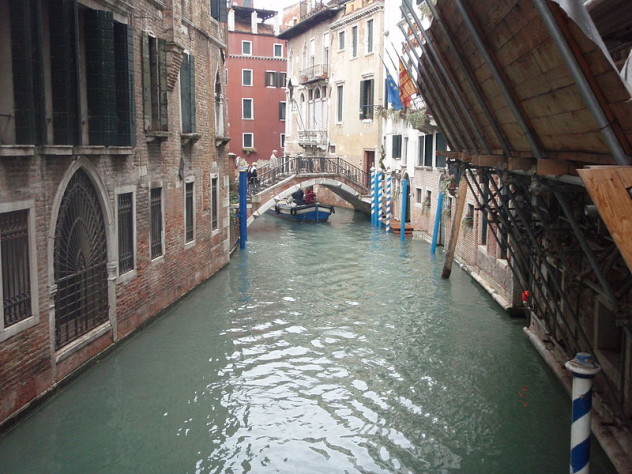
During the fourth century A.D., as the Western Roman Empire crumbled and fell, Europe was in a state of chaos. Germanic tribes, Huns, and other marauders sacked and pillaged the towns of northeastern Italy. With no hills to run to, the Italians sought refuge elsewhere—just off the coast of the Adriatic Sea among marshy islands.
The islands were a perfect temporary haven, but they were utterly unsuited for permanent residence. These islands had no source of fresh water, but the islands’ inhabitants soon found that by boiling sea water, they could produce drinkable water as well as salt. “Edible Gold,” as it was called, became a lifeline of a commodity to the colony.
Soon, the refugees realized that their islands were a much safer, more peaceful place to live than the war-torn mainland. Unfortunately, the ground they stood upon was mostly mud and sand, unsuitable for the foundation of sizeable buildings. The first Venetians inserted hundreds and hundreds of wooden pillars into the ground, creating a solid footing for their future homes, businesses, and even palaces.
Island life suited the Venetians; sooner than later, these pioneers became excellent seafarers and ship builders. Fueled and funded by the salt trade, Venice turned into a trade capital of the Mediterranean and the wealthiest city in Western Europe—after they sacked Constantinople, of course.
9 Palembang
Indonesia
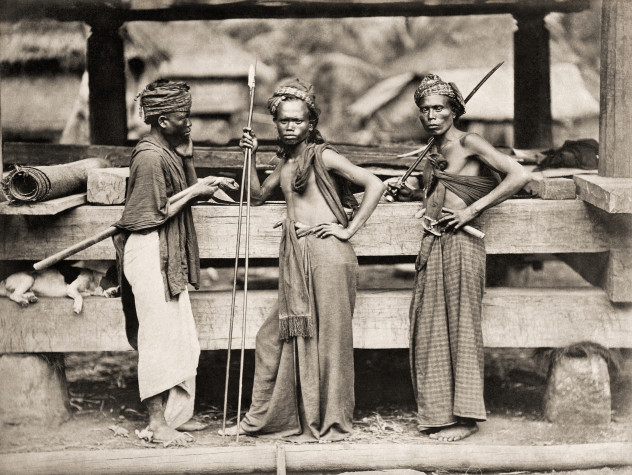
Like Venice, the city of Palembang, situated on the island of Sumatra, flourished and prospered because of its prime location for trade. The Indian Ocean Trade, which connected Africa to China through the Middle East, India, and Southeast Asia, traversed the sea and was much larger in scale than the Silk Road on the mainland. Unlike European-style commerce, prices were set solely by the merchants themselves. With the exception of a few instances of piracy, trade occurred peacefully without any need for armed convoys.
This is how the Srivijaia empire rose to power from the 7th to 13th century. Reigning over the islands of Indonesia and the Malay Peninsula, this empire flourished because of its control over the Strait of Malacca. Palembang, the capital of Srivijaia, was very close to the strait. In its early history, the city was heavily influenced by Indian culture and religion. By the empire’s late period, Islam rose in popularity due to the large number of Muslim traders utilizing the strait.
Palembang came under Majapahit authority after the demise of the Srivijaian empire and was managed by Chinese merchants until the 16th century A.D. It then became the seat of the Palembang Darussalam Sultanate. Today, 62 percent of the entire world Muslim population lives in Southeast Asia, which was made possible by the Indian Ocean Trade and the seaside town of Palembang.
8 Eridu
Iraq
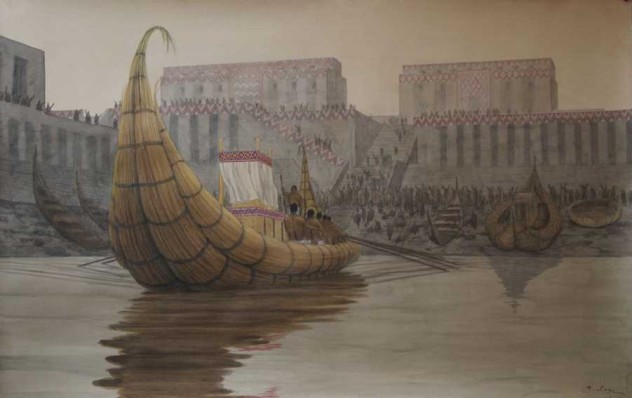
The Ancient Sumerians considered Eridu—the “Home of the Gods”—to be the first city ever built by man. It certainly is very old. Founded around 5400 B.C. near the banks of the Euphrates River in Southeastern Iraq on what was once a land of plenty, Eridu is now only windswept ruins and empty desert.
This purported paradise is mentioned in The Eridu Genesis, written c. 2300 B.C. The tale mentions a man named Tagtug the Weaver who was punished by the god Enki for eating forbidden fruit. Another story follows a different man named Utnapishtim who, by the will of the gods, builds a large boat in order to preserve the “Seed of Life” and escape a great flood. Archaeological digs have revealed a 2.5-meter (8 ft) layer of silt and dirt specific to the Euphrates River around the city of Eridu dating back to 2800 B.C.
The great Ziggurat of Amar-Sin, located at the city’s center, is considered by many scholars to be the real Tower of Babel mentioned in The Book of Genisis. The ancient historian Berossus seemed to described Eridu when he wrote about Babylon. For reasons still unclear, the “Home of the Gods” was completely abandoned c. 600 B.C. That doesn’t eliminate the possibility that Eridu was the model after which the rest of human civilization was created.
7 Thebes
Egypt
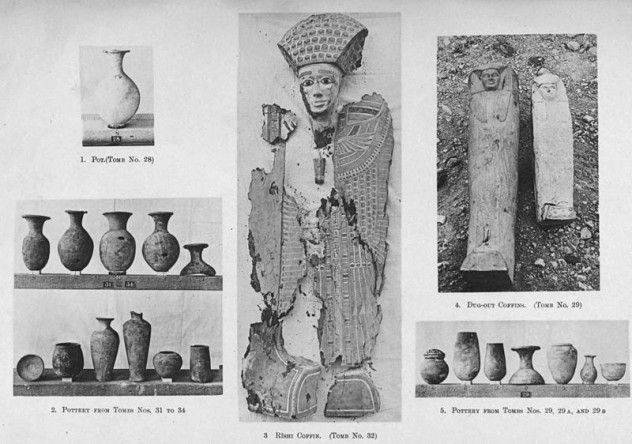
Ancient Egypt is an endless source of wonder and inspiration for historians and non-historians alike. This civilization produced many artifacts that are now displayed in museums worldwide. Located along the Nile River in Northeastern Africa, these ancient people reached their cultural and economic height in a time when mammoths were still roaming the Earth.
The Egyptians were once an awesome force both socially and economically. Their government and religion often changed, but their cultural center always remained at Thebes. This city, a home to both the living and the dead, was and still is adorned with magnificent temples and monuments, most of which honor the sun god, Amon. Though it is currently known as Luxor, Thebes was the ancient capital of the Egyptian empire and was located in the vicinity of the famed Valley of the Kings and the notorious Karnak Temple complex. Though many disagree that Thebes was the most important of all Egyptian capitals, the fact of the matter is that this metropolis housed both religious and laic establishments and made a lasting impression in Egyptian history.
6 Karakorum
Mongolia
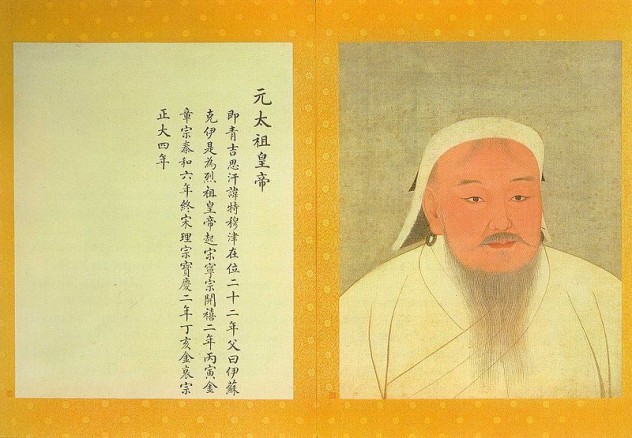
The Mongols, a once mighty nomadic people, originated in and established an empire unlike any other in East Asia. With their herds of horses, these people lived in yurts and traveled across the continent from the comfort of their saddles. By the time their children were three years old, before they could lexpertly walk or talk, they were taught how to ride a horse and shoot a bow and arrow.
After Genghis Khan united all the Mongolian tribes and created the largest land empire of all time, he began the construction of Karakorum in A.D. 1220 as its main base of operations. This capital was initially designed to adhere to the Mongols’ nomadic way of life. In its early days, it consisted of yurts and wooden houses. Its location was far more important to Genghis Khan and his men than its design or appearance. Situated near the Orkhon River, 360 kilometers (220 mi) southwest of Ulaanbaatar, the current capital of Mongolia, Karakorum was a strategic pit stop along the Silk Road. It provided both security and a place of worship, since the Orkhon River Valley was sacred to the natives.
By the 1230s, after Genghis Khan’s death and his son Ogodei’s rise to power, the capital began to grow and develop further than simply a collection of yurts. Ogodei built a wall around the city and a palace surrounded by 64 wooden columns . An account provided by the Franciscan William of Rubruck offers us a detailed idea of what life in Karakorum was like. He described it as a very small city—10,000 inhabitants—but still an important center for both trade and craft. Craftsmen from all corners of the empire were brought to Karakorum in order to better serve the Khan. Rubruck also mentions 12 temples—Shamanistic, Confucian, and Buddhist—as well as two Muslim mosques and a Christian church.
With the reign of Kublai Khan, founder of the Yuan Dynasty in China and the grandson of Ghenghis, the capital of the empire moved to Khanbaliq—now Beijing—in A.D. 1267. During this period, Karakorum slowly lost its influence and was later destroyed by the Chinese in A.D. 1388.
5 Great Zimbabwe
Zimbabwe
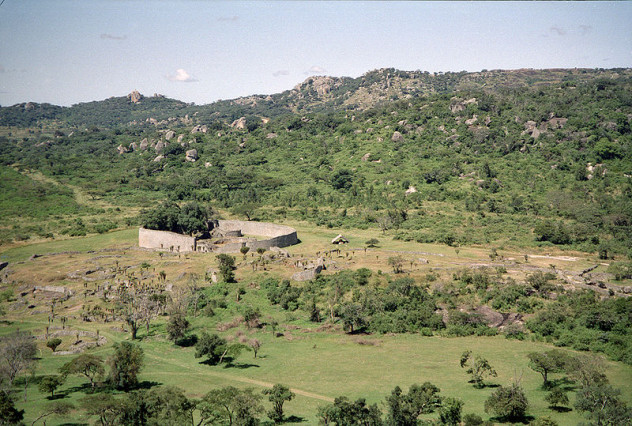
The African continent is the birthplace of humanity, and we still know surprisingly little about its history. It is home to over a billion people and has a diverse range of cultures, customs, and traditions. It surely holds many artifacts yet to be discovered. Back in a time when European nations raced to colonize the whole world, archaeologists came across an immense stone complex, roughly 550 kilometers (350 mi) from the coast of Eastern Africa, right in the heart of present-day Zimbabwe. Credit for the construction of the structure was immediately (and erroneously) given to people other than native Africans, like the Muslims, Persians, Indians, or even Chinese. The archaeologists assumed that the Africans themselves could not have possibly built them themselves.
Recent discoveries point to the Shona people of the region as the architects of the complex. It seems that they were responsible for the Great Zimbabwe site’s construction around A.D. 1100. The site acted as the kingdom’s capital for the next 400 years. The word “Zimbabwe” has its roots in a word that means “stone houses,” indicating that the country draws its name from Great Zimbabwe—not the other way around.
Modern archaeologists have found a copper Muslim coin among Great Zimbabwe’s ruins, linking the Shona kingdom to the international Indian Ocean Trade. From what little is known, it can be assumed that Great Zimbabwe was a prosperous city with plentiful raw resources and trade goods like wood, ivory, gold, and rhinoceros horns. These would be sent down the rivers Limpopo and Save, all the way to the coast. From there, the precious cargo would find its way north to Arabia, or perhaps India or China.
This city at one time was home to over 25,000 people, but it is now deserted. The cause of its downfall is still unclear. Some blame famine, others say political unrest, and still others claim that the gold mines dried up. Nevertheless, Great Zimbabwe still stands as a testament today to the incredible mysteries Africa still hides from the world.
4 Hattusa
Turkey
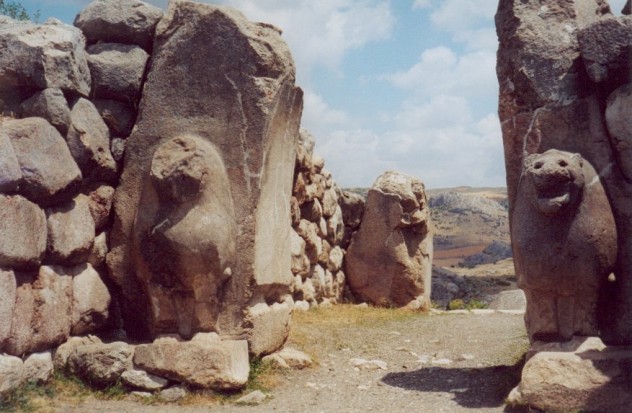
In the time of Homer’s Illiad and Odyssey, the Hittite empire was at the height of its power. When the powerful city of Troy was besieged by King Agamemnon of the Greeks, Hattusa, capital of the Hittite empire, was a vibrant metropolis bustling with trade and travelers from distant lands.
Hattusa was inhabited by the local Hatti people as early as 2400 B.C. Once the Hatti people were defeated, King Hattusili of the Hittites rebuilt the city and made it the empire’s capital in 1700 B.C. Over the centuries, these new rulers had several encounters with neighboring states like the Mittanians, the Assyrians, and the Egyptians. Around 1274 B.C., at the famous battle of Kadesh, the armies of King Muwattali II and Pharaoh Ramses II ended their fight in a stalemate. A peace treaty was then written on a clay tablet, resulting in peace between the two powers. This time of peace lasted until the end of the Hittite empire. A copy of this first peace agreement between two nations is currently displayed at the UN headquarters in New York City.
At the end of the 12th century B.C., the Phrygians assaulted the capital city and burned it to the ground. Only sometime between the seventh and ninth centuries A.D. did anyone restore and rebuild the sites, but Hattusa will never again bear witness to the glory it once had under the Hittites.
3 Chan Chan
Peru
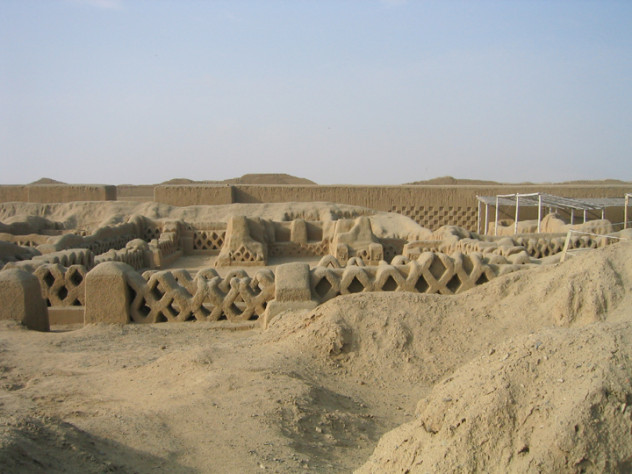
Chan Chan was the capital city of the Chimu kingdom, which reigned over present-day Northern Peru. It was the largest city in pre-Colombian America, made almost entirely of adobe bricks. Its beginnings can be traced back to A.D. 850 and span until A.D. 1470 when the Inca conquered the Chimu capital. The area where Chan Chan was located is one of the most inhospitable deserts on the planet. Chan Chan’s center plaza was adorned with nine separately walled citadels. Each one had its own temples, palaces, gardens, cemeteries, and water reservoirs each. Chan Chan also included living quarters covering an area of 20 square kilometers (8 sq mi), and each of its nine separately walled citadels had their own temples, palaces, gardens, cemeteries, and water reservoirs.
Armed with the confidence that Incan weapons were invincible, the Chimu people prepared for battle—a brawl that never came. Slowly thereafter, people started moving to the Incan capital of Cuzco and abandoned the city.
By the time the Spanish arrived, the city was completely abandoned, but some precious objects and clues were left behind. A silver-covered doorway, for example, was located by the Europeans. This doorway now has a value of over $2 million. The Spanish formed mining companies in order to strip the city of absolutely all its treasures.
Because Chan Chan is predominantly made of adobe, water and other external forces erode the bricks little by little. This historical city now faces the real threat of disappearing.
2 Xi’an
China
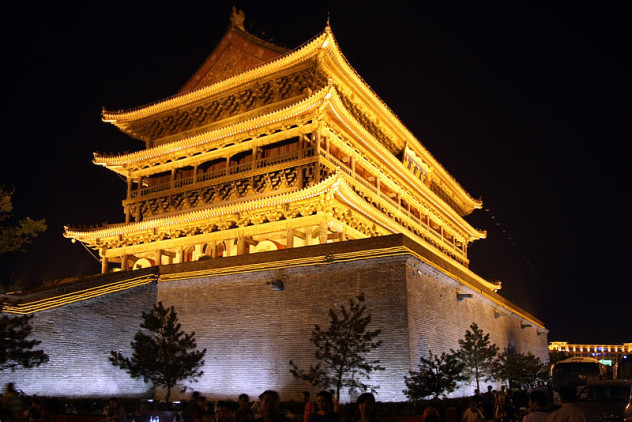
As one of the six capitals of ancient China, Xi’an is the most prominent because it was home to most of the ruling dynasties, including the Han and Qin. Emperor Qin Shi Huang, founder of the Qin Dynasty, was the curator of the famous terra-cotta warriors.
Ancient China was a closed society. This initially helped the country’s development, but it was eventually one reason for the nation’s demise. In a time when the entire world was in a state of squalor, ignorance, and barbarism, China was leading the march toward philosophy, science, and technology. They were the first to invent paper, gunpowder, currency, and a host of other things we now take for granted.
The Silk Road was named after another of China’s inventions: silk. This road connected the East to the West and sparked the beginning of Xi’an. Caravans began their journey to the West down the Silk Road in the city, packed with all kinds of goods and materials. Most importantly, though, they carried new ideas and technologies that brought the rest of the world a new standard of living. During the eighth century, the population of Xi’an reached a world record: two million citizens.
1 Pataliputra
India
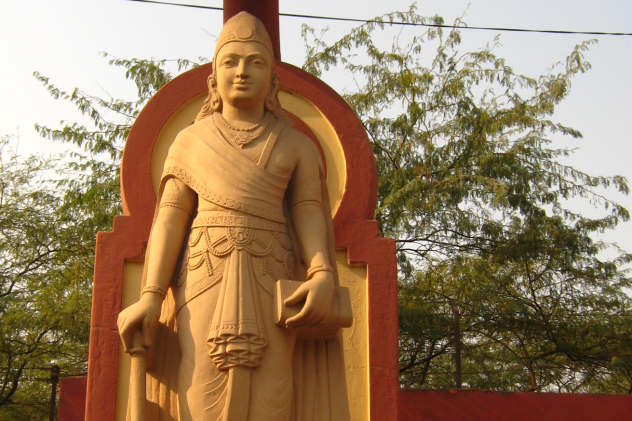
When Alexander the Great extended the reach of his short-lived empire from Greece all the way to modern-day India, he inspired a local Indian prince, Chandragupta, to create an empire of his own. This prince began suppressing local tribes, and his empire occupied almost all of present-day India, Pakistan, and Eastern Afghanistan. Chandragupta drove all the remaining Greeks off his land and founded the Mauryan empire in 326 B.C. The capital city of his newly formed empire was Pataliputra.
Several travelers and ambassadors, some Greek and some Chinese, who saw the capital described it as a lavish, crime-free city. Hindus and Buddhists alike lived in perfect harmony, while hospitals were healing anyone—even the poorest of society—who needed medical attention. During its early years, the structures in the city were built primarily of wood. With the reign of Emperor Ashoka (273–232 B.C.), buildings of stone cropped up in the city as well. Ashoka banned hunting for sport and introduced animal hospitals to the city. Pataliputra was indeed a hotbed of Indian culture and can easily be compared to Rome and Xi’an in terms of power and influence.








